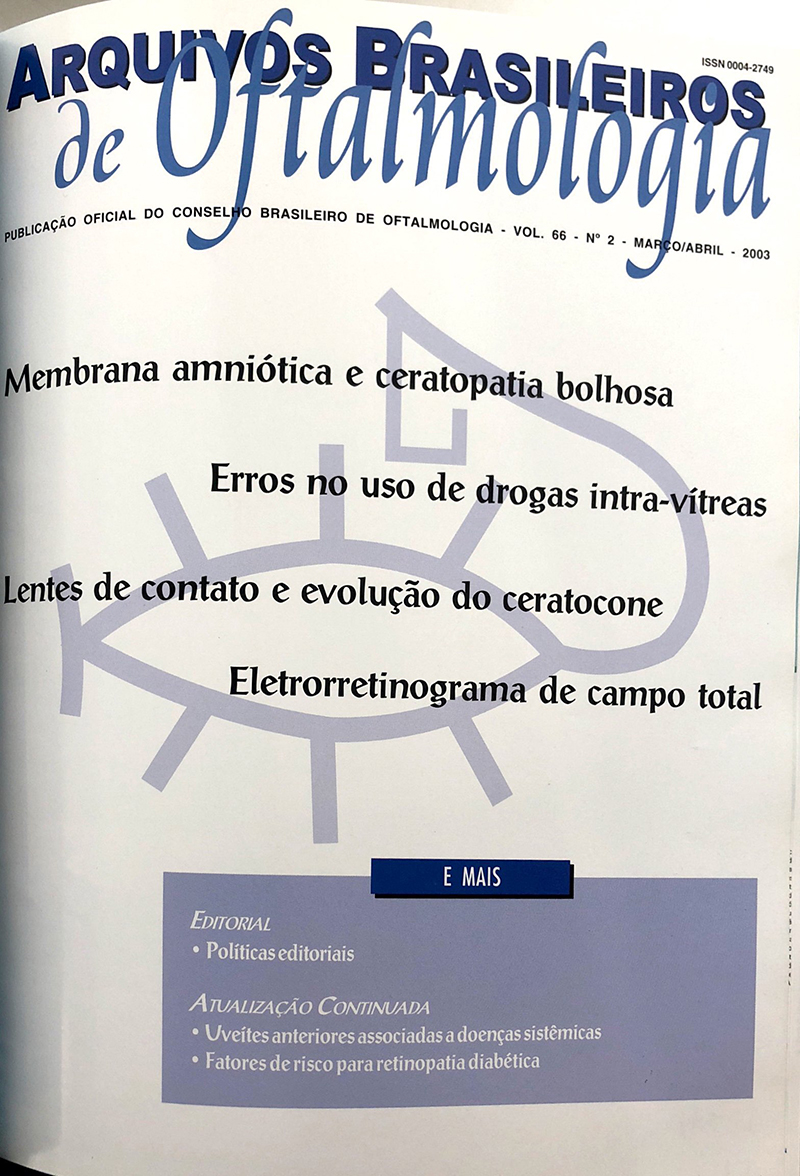PURPOSE: To determine the frequency of diagnostic categories obtained in a clinical vision electrophysiology laboratory at a university hospital. METHODS: Patients who underwent visual electrodiagnostic testing from October 1998 to October 2000 (N=570) were cross-sectionally studied. Electroretinogram (ERG) was performed in 385 (68%) patients and pattern and/or flash visually evoked potentials were performed in 185 (32%) patients. RESULTS: After electroretinogram assessment, the most frequently identified diagnostic categories were (in this order): retinitis pigmentosa, Stargardt's disease, cone dystrophy, cone-rod degeneration, retinotoxic effects due to several agents (chloroquine, tamoxifen, methanol, etc) and ocular trauma, besides unclear visual loss. In 23% of the cases, it was impossible to obtain a final diagnosis on the first examination. The largest group referred to electroretinogram testing was for documentation or exclusion of tapetoretinal degenerations (42%). In this group, 110 cases of RP were identified: 91 isolated and 19 syndromic cases. Visually evoked potential testing helped to identify the following diagnostic categories: diseases affecting only the optic nerve (optic nerve atrophy, optic neuritis, optic disk edema, etc); neurological conditions affecting the visual pathway (multiple sclerosis, cerebral palsy, blunt head trauma, tumors, etc): pediatric eye and/or neurological conditions (congenital cataract, cortical visual impairment, congenital glaucoma, etc) and opaque media (leucoma, ocular trauma, etc). CONCLUSIONS: Frequent and meaningful indications for visual electrophysiologic recording and diagnostic decisions arise from this relatively large group of studied patients. A number of diagnoses can hardly, if not all, be established without visual electrophysiologic testing. These include early stages of retinitis pigmentosa, progressive cone dystrophy, toxic retinopathy without fundus changes, optic nerve or retinal dysfunction in opaque media, optic nerve involvement in multiple sclerosis and pediatric eye disease with or without neurological damage.
Keywords: Retina; Visual evoked potentials; Vision; Electrophysiology; Vision tests; Retinal diseases; Retinitis pigmentosa
